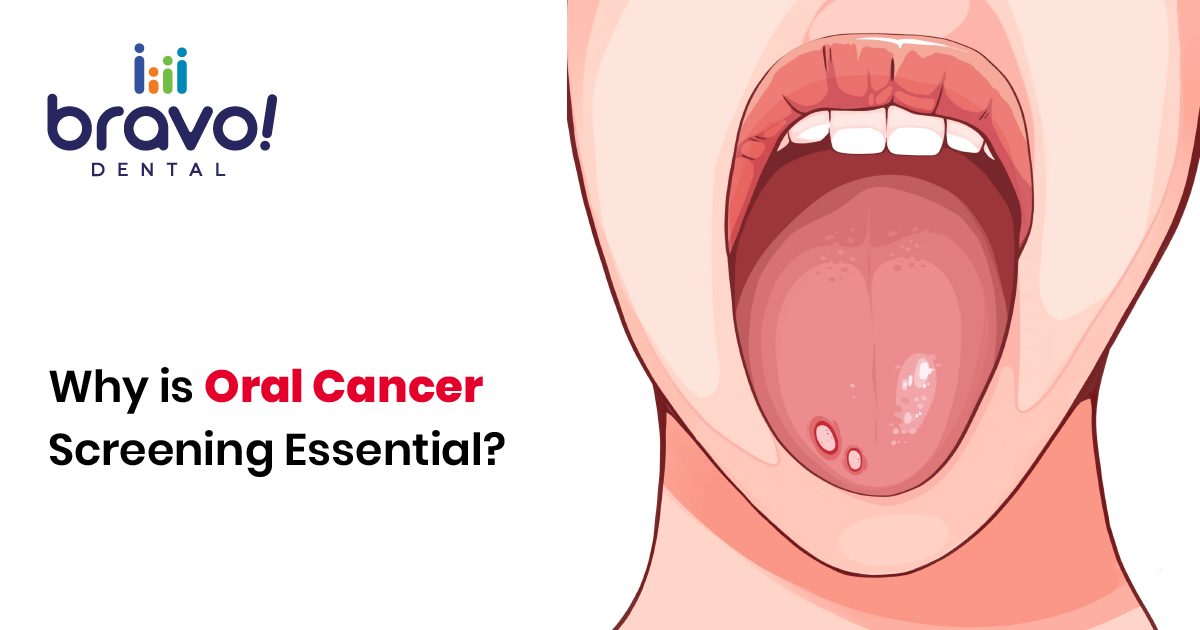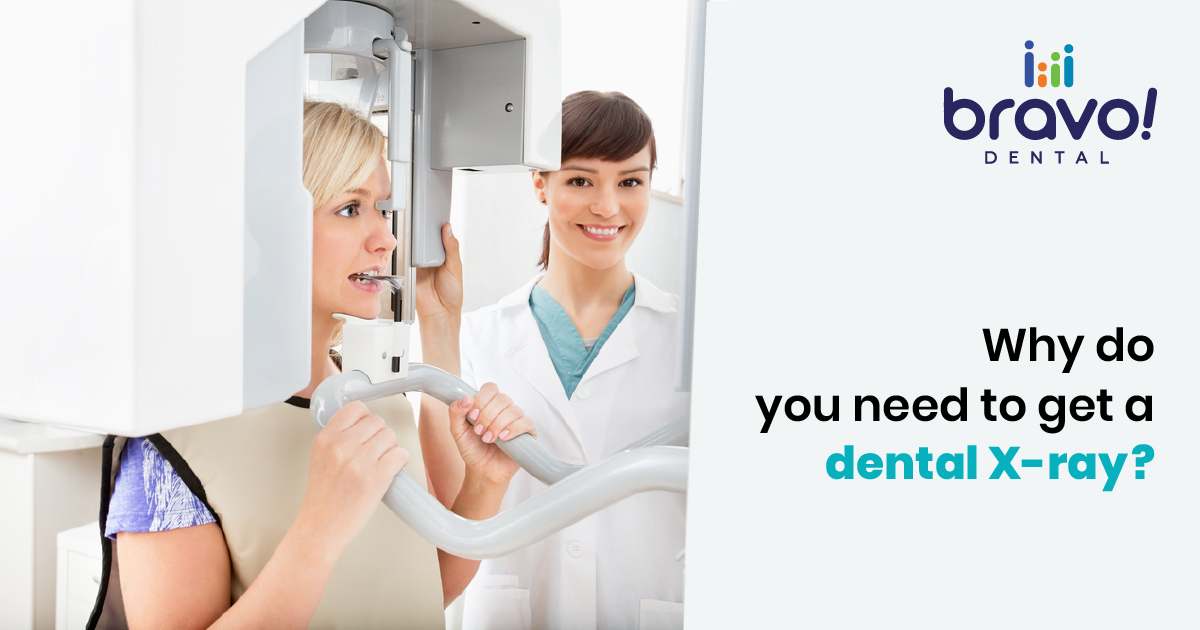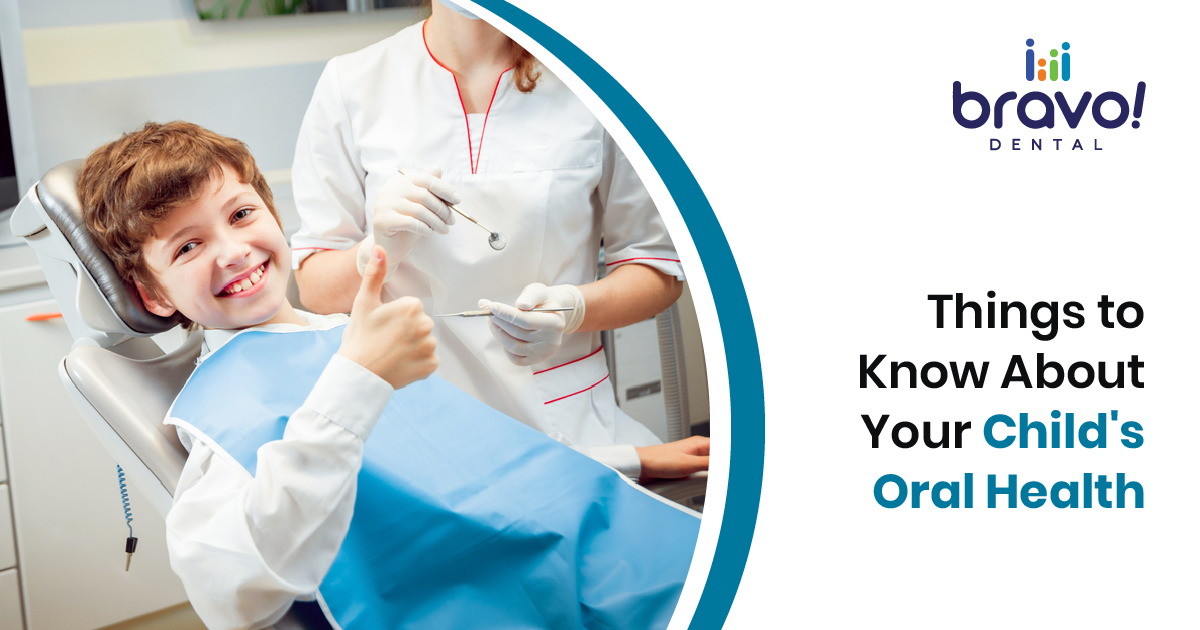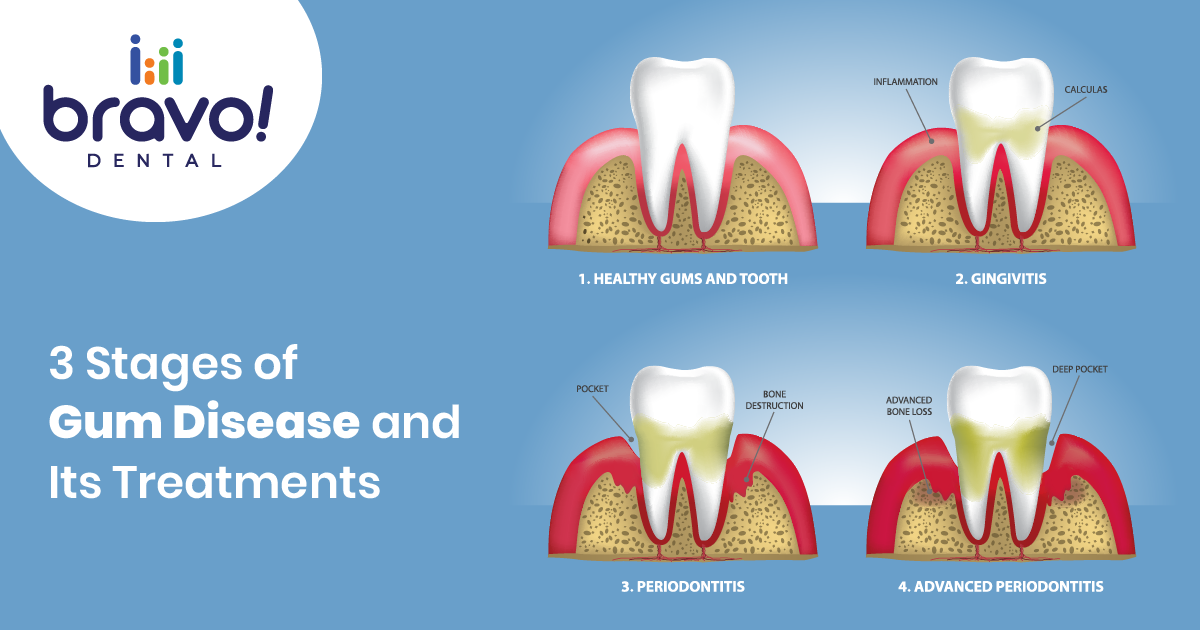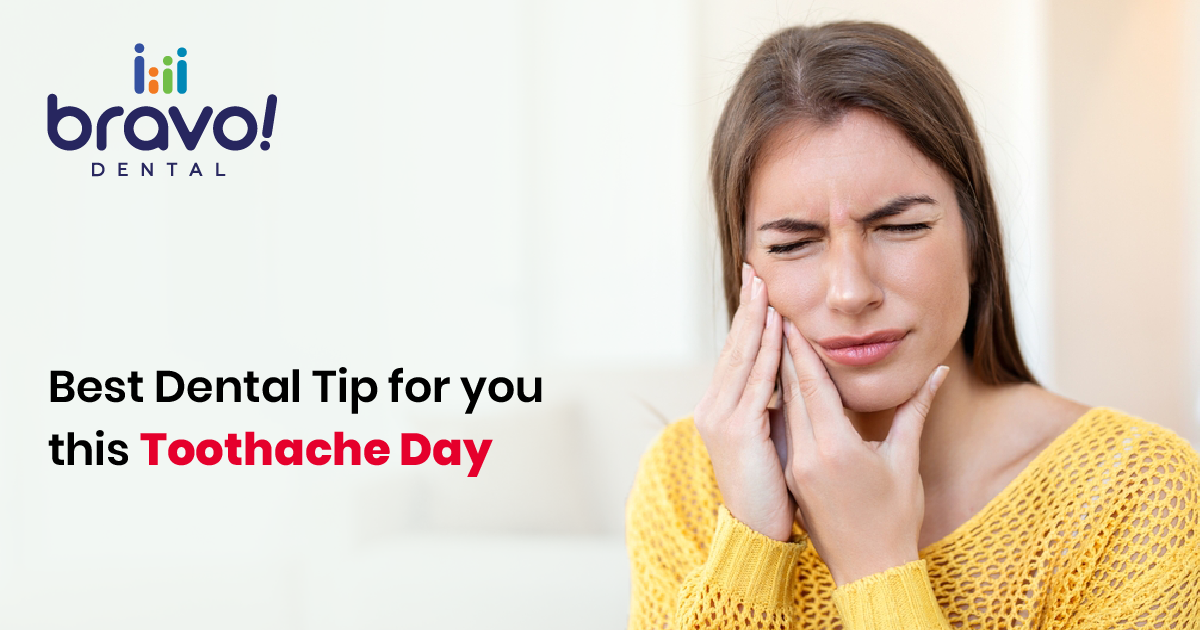Cancer remains a major global health concern, and early detection is key in increasing the chances of successful treatment. Oral cancer often goes undetected until later stages. However, regular dental check-ups and oral cancer screenings can help with early diagnosis and potentially save lives.
Many of us are unaware of oral cancer and the need to be screened for it early on. That is why, in observance of April’s National Oral Cancer Awareness Month, we would like to emphasize the importance of oral cancer screening tests in this blog.
Oral cancer screening: What is it?
It is a medical examination carried out to look for precancerous cells in oral cavity. It can accurately detect the different types of oral cancers.
This is carried out during routine dental visits, especially if your dentist notices a problem with how your mouth feels. A dental health professional can find oral cancer early in about 84% of instances.
How can I know I have a risk of developing mouth cancer?
The following are some critical risk factors to help you be aware:
- Age (Those over 40 are more at risk).
- Using tobacco or smoking.
- Heavy drinking.
- H. Papilloma Virus (HPV).
- Gender (Men are more susceptible than women).
- Unhealthy eating.
- Excessive exposure to the sun.
People diagnosed with oral cancer have at least one of the risk factors.
But do you know an alarming fact?
There has been a rise in cases where individuals with no risk factors are diagnosed with this condition. So, oral cancer screenings are still crucial to preserve your general health, even if you have none of the abovementioned risks.
Understanding of Oral Cancer
Most of the time, you might believe that your oral health is under control, but it is a must to be aware of other kinds of oral cancer. The typical types are:
- Lip cancer (caused by prolonged exposure to UV radiation).
- Tongue-related cancer
- Mouth cancer
- Gum cancer
What are the advantages of taking a dental cancer screening?
The tests may seem needless, yet they are crucial for the following reasons:
- Early cancer detection increases the likelihood of a successful treatment outcome compared to waiting until later stages.
- No one ever asks to develop cancer in order to establish risk factors. It is impossible to calculate your risk of oral cancer without screenings.
- A screening session may reveal that you are cancer-free and help avoid mouth cancer. But, if you are a high-risk patient, this consultation with the dentist can be especially valuable in helping you take steps to prevent cancer.
Like many other cancers, oral cancer can only be cured if detected early. The only way to do this is to have regular oral screenings.
Consult our professionals at Bravo! Dental to always stay on the safer side. We take a keen examination with OralID cancer screening and ensure your oral health is in ship shape. So, on this Oral Cancer Awareness Month, let’s spread the need for and importance of taking an oral cancer screening test, prioritize our oral health, and work towards a healthier, cancer-free future.
